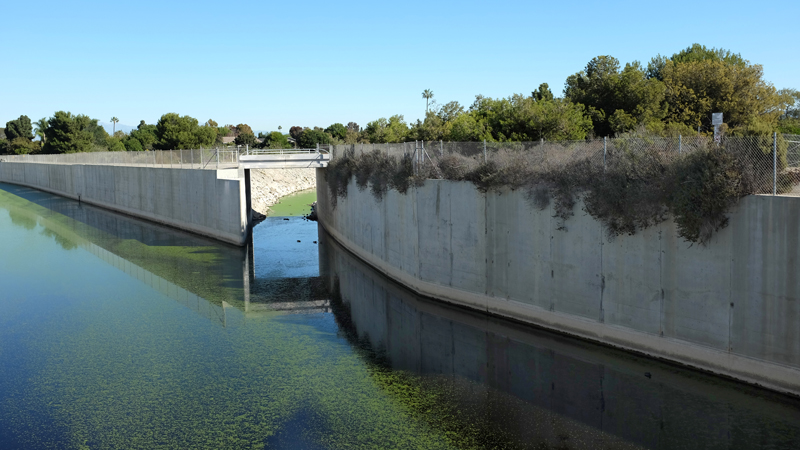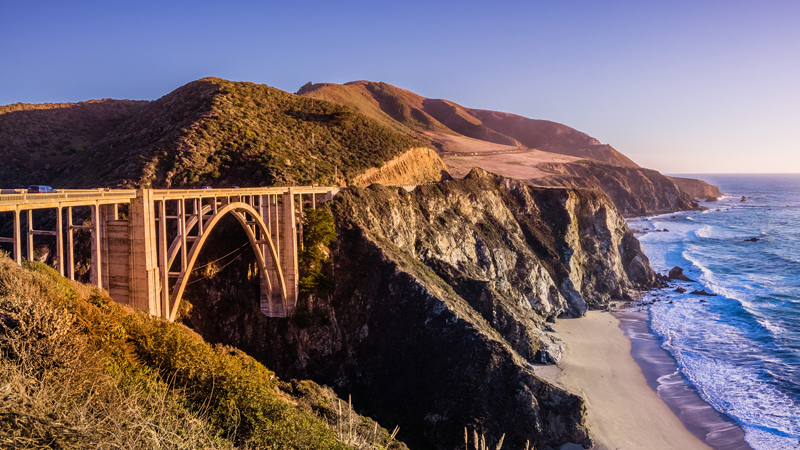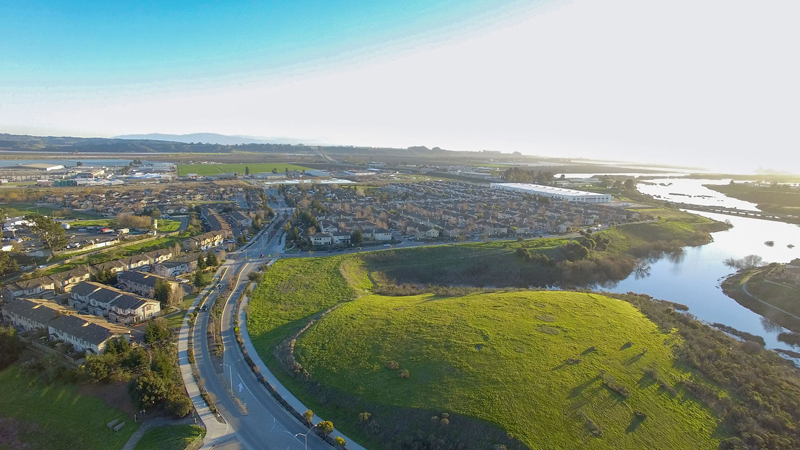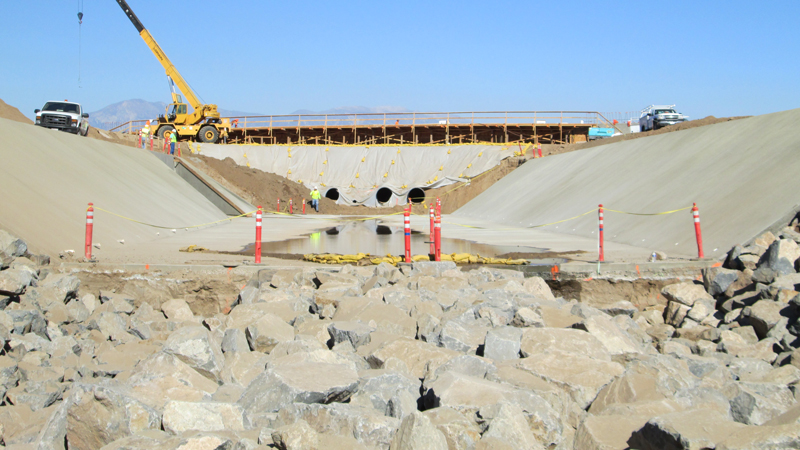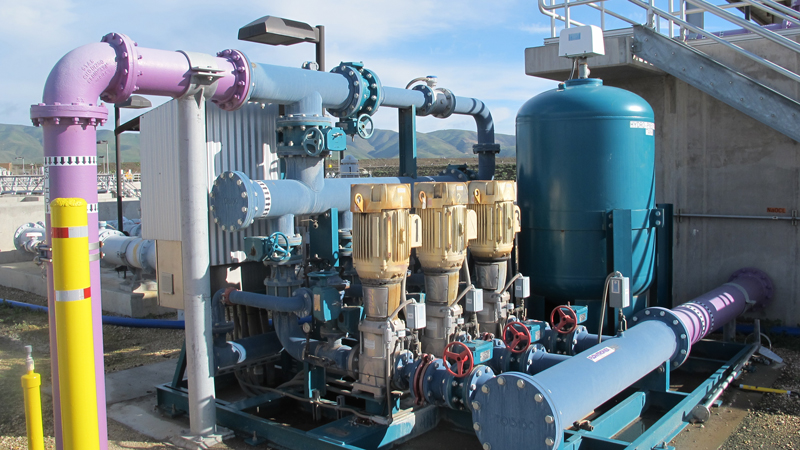4.4 minute read
February 04, 2022
The December 2, 2021, article in the Los Angeles Times was a wakeup call for those working in the California water industry.
The article recapped a recent Lawrence Berkeley National Laboratory study published in the journal Nature Reviews Earth and the Environment. The study describes “potentially catastrophic consequences” linked to a severe shortage of snow in the Sierra Nevada mountains—which currently accounts for approximately one-third of California’s water supply.
Among its troubling findings, the study points to a dramatic decrease in, and even the potential disappearance of, snowpack across California before the century’s end. By 2050, researchers say snowpack in the Sierra Nevada and Cascade ranges could drop as much as 45%. Furthermore, if greenhouse gas emissions continue at their current rate, we could experience low- or no-snow winters with regularity in the next 35 years.
How serious a problem is this for California? In the context of natural disasters, losing the Sierra snows is equivalent to two or more major earthquakes hitting the state in the next 20 years or a rise in sea level of three feet.
The repercussions will impact all aspects of life in California including wildlife, agricultural production, recreational spaces, and the wellbeing of countless communities. Today’s water supply plans are built around mountain snow and how it stores water until it melts in the Spring. And snow melt is a cheap water source. As snow disappears, the resulting costs to capture, store, and transport water will go up significantly—placing added burden on our economy and further financial stress on the State’s most economically disadvantaged residents.
This is yet another case where our climate is changing at a faster rate than human nature.
Starting now, California’s water agencies must increase the scope and speed of projects addressing water conservation and recycling, groundwater management, desalination, and infrastructure, along with efforts to ensure water affordability.
Rethink your five-year plan
Funding and staffing shortages already hinder day-to-day operations at water utilities, which is all the more reason why Boards and general managers need to start considering fundamental and foundational changes in their strategic planning.
In contrast to the marginal changes made in urban water management plans (UWMPs) over the past 25 years, UWMPs that rely on Sierra snow must undertake wholesale changes to account for what should be considered a highly at-risk water supply.
To help your agency prepare for what’s to come, the water consulting experts at Harris compiled a brief planning guide that outlines actions and focus areas for the next five years:
- 2022: Understand the Risks—This is the year to develop the conceptual reality for upcoming infrastructure and financial issues, which can ultimately help guide your response to physical realities.
Consider this exercise a stress test of sorts to gauge the reliability of your existing infrastructure, water supply agreements, and internal decision-making processes. Find out just how much work and resources your agency may need to build resilience in response to a snow shortage. A thorough, honest examination among key stakeholders will reveal your current state, including strengths and weaknesses.
- 2023: Re-Visit Strategic Plans—Transform your 2022 stress test findings into strategic plans that will lay out the steps needed for your agency and customers to adjust to a no-snow future. Make sure these include backup plans in case you cannot secure water from your typical source. As you strategize, err on the side of caution and keep risk management and worst case scenarios at the forefront.
- 2024: Update Policies—Develop and implement policy updates that will set in motion the changes your agency will need to make. For example, understand at what point do existing policies become untenable in the face of pervasive drought; what added burden will this place on agency finances and what policy changes will be needed to address them? Agencies may need to consider new policies that further enhance sharing resources among neighboring water districts.
- 2025: Update Plans—With expected major shifts in water supplies, coupled with current Statewide updates to housing plans, water utilities should undergo a critical re-evaluation of their infrastructure, staffing, IT and financial plans.
- 2026: Update 2025 UWMP—Having completed the prior activities, water agencies will be able to provide a more accurate and defensible UWMP that will form the basis of responsible water management for their communities.
Take the first step
Experience tells us that climate-based research, such as the study on the Sierra’s disappearing snows, rarely turns out better than anticipated. But California’s water agencies are not helpless. The decisions and plans water leaders make today will determine how this story turns out. Fortunately, no agency has to tackle the challenges alone.
The water experts at Harris & Associates bring a unique breadth of expertise to plan development and the management of water supply, infrastructure, resources, and rates.
Learn more about how Harris can help address your immediate and long-term water issues. Contact Harris' Senior Director of Water Consulting, Ann Hajnosz, PE.
Authors
Source
Harris & Associates
Markets
Water
Drinking Water
Stormwater
Wastewater
Water Reuse
Services
Water Consulting
Advisory Services
Risk + Resilience
Asset Management
Categories
Assets
Water Supply
Water Utilities
Snow
Snow Melt




